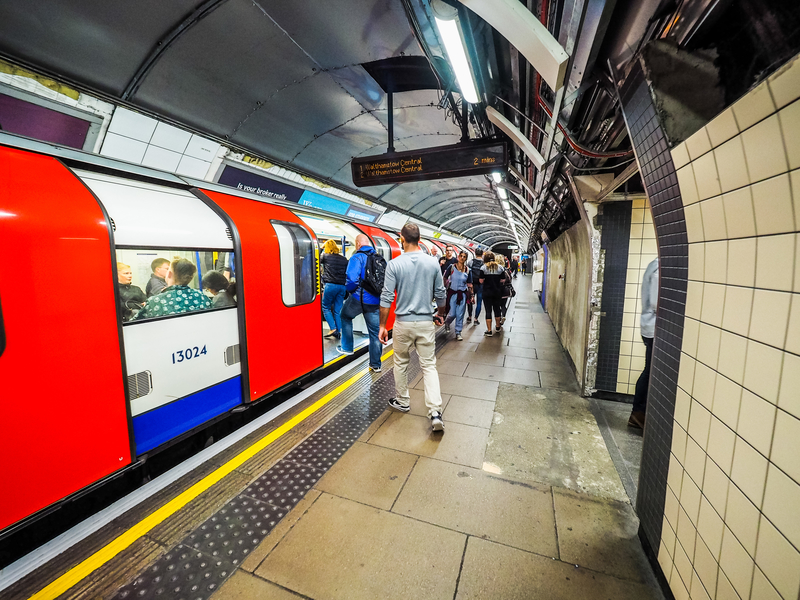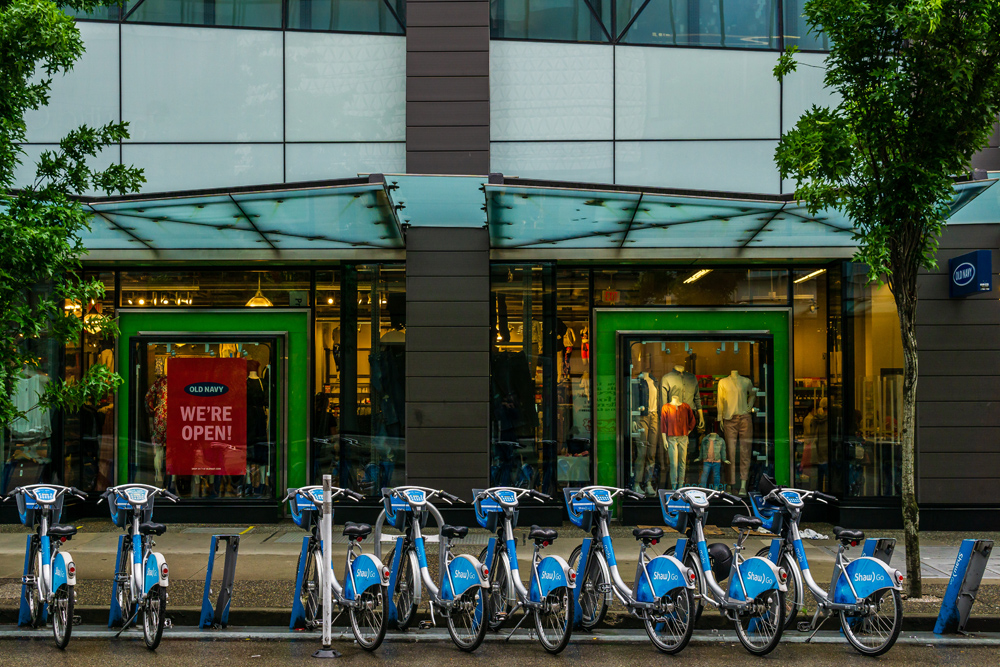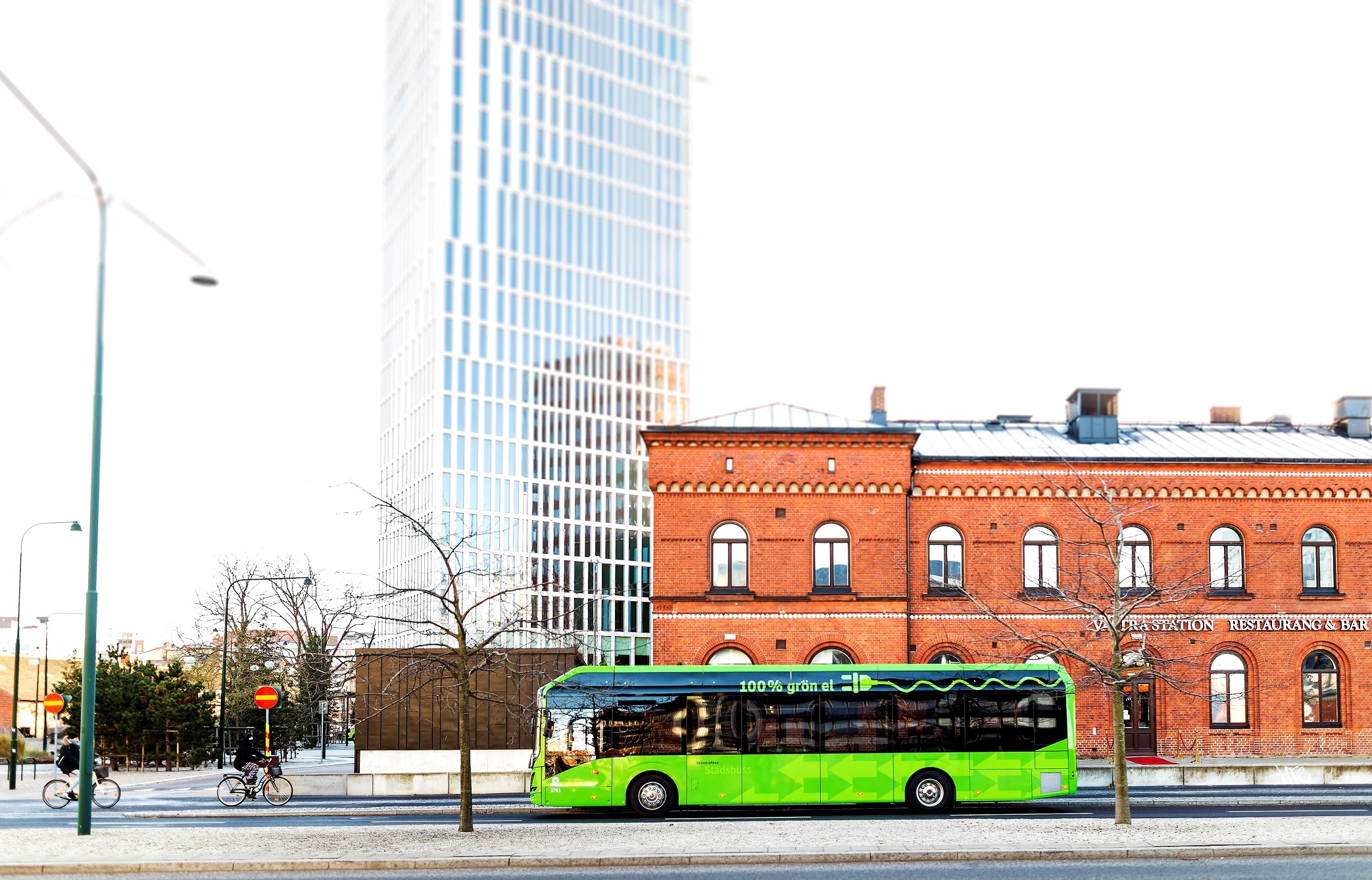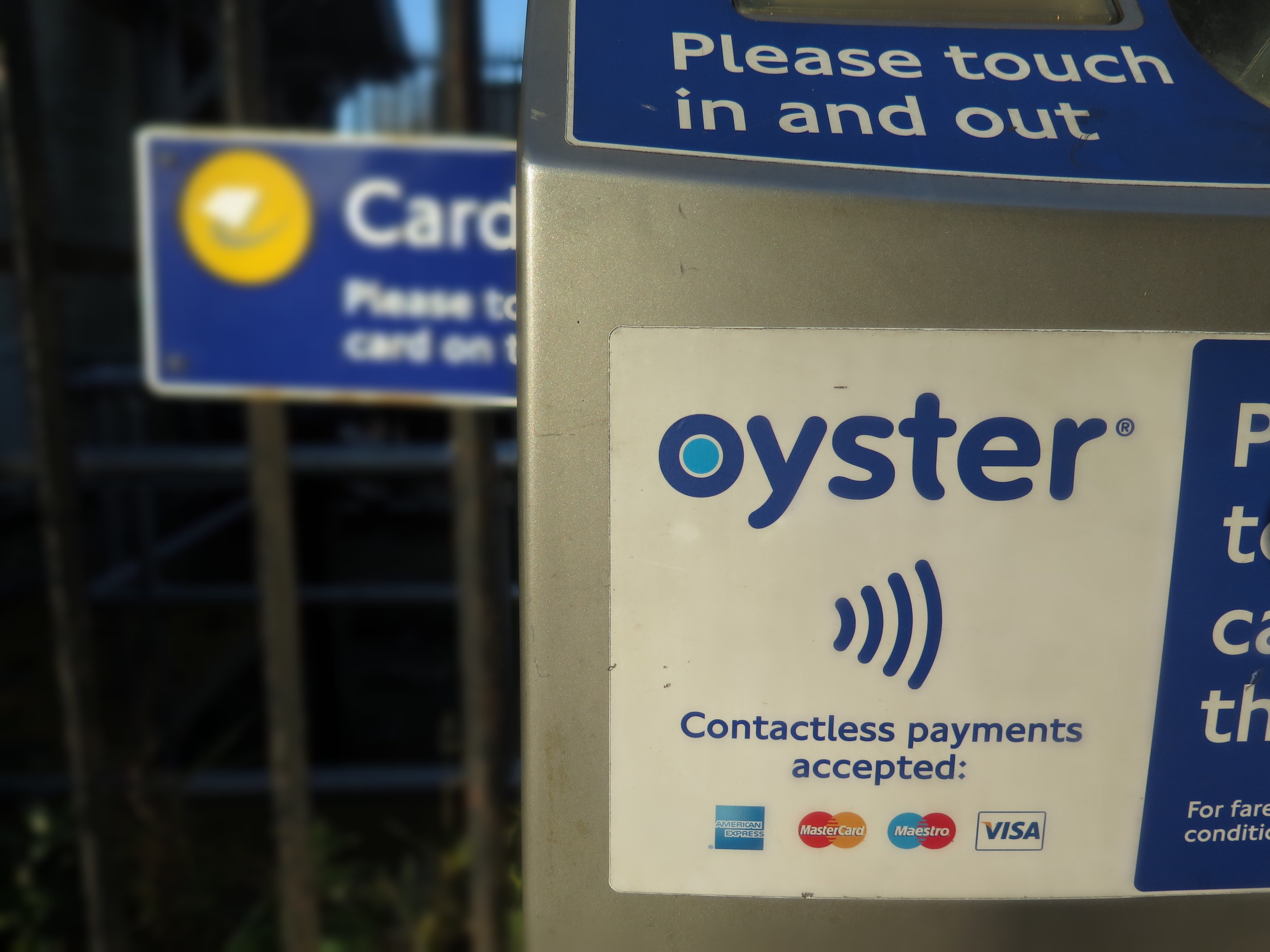
The buzz around Mobility as a Service (MaaS) took the transportation world by storm in the mid-2010s, bringing with it the promise of fundamentally changing the transport landscape. It promised to reduce the need for private car ownership, and to promote the effect of public and shared transit as the backbone mode of transport, with the ultimate end-goal of reduced pollution and congestion.
It is of course hard to argue with the raison d’etre of MaaS, but more recently I wonder if the fight to win the MaaS race has eclipsed its purpose. Has MaaS become a totem for shared mobility? If so, are we in danger of losing our way – focusing too much on the system and not enough on solving the problem and, in doing so, ignoring better, more fit for purpose solutions?
Does MaaS even matter anymore? For me, there are seven key issues which must be addressed when we look at improving shared mobility.
1. Addressing the transit conundrum
Transit is notoriously difficult to make a profit in. It is widely subsidised (e.g. grants and concessionary fares) and is often mandated to operate unprofitable routes in order to provide access to rural areas or disadvantaged populations. This challenge is not just apparent in public transport, but also for many players in the private sector that are serving this market, and the industry is littered with private demand-responsive solutions that have failed.
The transport conundrum also affects the newer generation of services. Uber has arguably grown rapidly through subsidised pricing models that have not yet yielded profit, despite its enormous global footprint. Similarly, dockless bike-share and electric scooters have struggled with their unit economics and profitability. In these cases, venture capitalists are subsidising the service as opposed to governments, but the outcome is the same.
2. The disintermediation of operators
Transport operators want to maintain a direct relationship with their customers, especially in deregulated markets – like the UK. Holding on to one-to-one relationships, and not losing margin to fees is desired by both public and private operators – from bus companies to bike-share operators. Even when operators are happy working with third parties, the fragmented nature of the industry makes it hard to provide a comprehensive solution at scale since individual deals have to be made with each operator.
3. How small can we slice the pie?
Providers of MaaS product solutions have to create value and make money. The central MaaS model comprises a single platform that facilitates transactions across a variety of public and private transport options. This model can only make money when the transportation organisations pay a referral fee to the MaaS solution provider, at the same time the provider needs to offer savings to attract users at scale, and scale is needed to make money. It is easy to see how quickly a small pie can get cut into smaller and smaller slices, until it becomes no more than a collection of slivers.
4. What do the travelling public want?
There are effectively three different categories of payments: long distance, commuter and local transport.
Long-distance journeys are generally purchased in much the same way airline tickets are. Passengers book ahead, sometimes reserving a specific seat and paying relatively large sums for these, often one-off, trips. These customers are already well served by incumbent ticketing providers, such as Trainline.
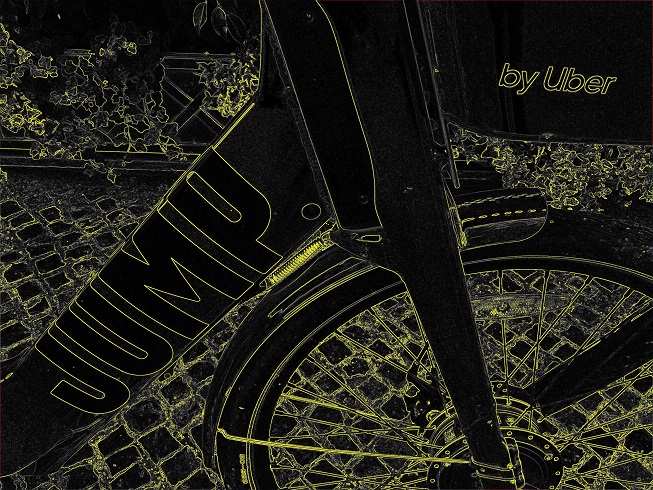
Commuter passengers already are served by season tickets which enable them to take their regular daily journey. If a MaaS solution is to provide value to commuters, it must either save them more money or bring in other forms of transit at a discount.
Local transport users are represented by passengers who travel around a defined area, for example London. In London contactless payments have become near universal for both public and private transport options. In this market, the value of MaaS would be for travellers who don’t only want to access tubes and buses, but to regularly combine other modes of transport such as car clubs, taxis, and micromobility schemes.
For the MaaS provider to attract this segment of travellers, they would not only need to convince users that they would save money by using their platform, but that they also would provide a more seamless and convenient solution than contactless travel is already providing.
5. Journey planner vs MaaS
Journey planning apps, like Google or Apple Maps, allow users to navigate transport systems and get turn-by-turn directions. Whilst journey planners don’t generally sell tickets, they do facilitate transactions through Google Pay and Apple Pay.
Bike-share operators allow journey planners to search the availability of bikes through their apps and use deep links to facilitate payment, making the transaction frictionless for customers, whilst avoiding issues of disintermediation.
When a user finds a bike they want to rent via their journey planner, they simply click on the docking station in the app, this triggers the opening of a deep link which in turn opens the operator’s app with the correct docking station already selected. The user then completes the transaction. The journey planner then serves the user with bike specific directions that can guide them to their destination.
These deep links are making their way into other data standards beyond bike-sharing (via General Bikeshare Feed Specification), such as public transport (via General Transit Fees Specification).
6. Public vs private MaaS
Given the above conditions, it is hard to see how a privately-run MaaS solution could generate profit. The answer most probably lies in scale, but a fragmented market with low margins make this extremely hard to achieve.
Publicly-run MaaS solutions may offer more promise for success as they don’t necessarily have the same profit motive. Such solutions are likely to work well in places like Northern Europe, where public transport is highly organised and national systems are in place. The challenge in these cases, however, is that the government may not be best equipped to make deals with a fragmented private sector market in order to provide a multi-modal solution.
7. Putting the user, and the planet, first
If the goal of MaaS is to help solve the very real global issues of pollution and congestion by reducing the need for privately-owned vehicles, then increasing discoverability and convenience, and decreasing friction between searching and booking various transport modes must be the prime objective.
Great journey planners highlight available options and guide passengers through the experience of using various modes of transport, eliminating confusion along the way. If payment for local transport is contactless and other modes are easily accessed and/or paid for via deep links, then the main obstacle is to continue working on delivering a great multimodal journey planning experience that suggests the appropriate mode based on preferences, weather, journey time, cost and so on.

MaaS solutions are only likely to be embraced if they have a clear scope, based on local needs, increased convenience and will help travellers save money. The issue is, however, that there are already providers meeting this need. Even though it is not called a MaaS implementation, Transport for London’s Oyster Card/contactless system is delivering convenient, frictionless and price-capped solution to millions of passengers in London, who can easily consume various services (bus, Tube, tram, DLR, the Emirates Air Line, London Overground, and National Rail services in London). Even without encompassing additional services (such as taxis, micromobility and car clubs, etc), this works well for a large local population.
The future for shared transport, whether we chose to call it MaaS or not, lies in transit authorities and providers focusing on three key pillars: open, accessible data for accurate journey mapping and planning; inter-operability between all operators – including public and private providers; and the desire to provide an elegant hand-off between searching and paying for various modes of transport.
The ultimate question is whether the idea of a single app for all modes that can handle payments and will also save you money is achievable or even desirable since it implies a winner-takes-all outcome.
ABOUT THE AUTHOR
Johan Herrlin is CEO of Ito World, a provider of real-time transit data and visualisation for urban mobility, journey planning and transport planning



